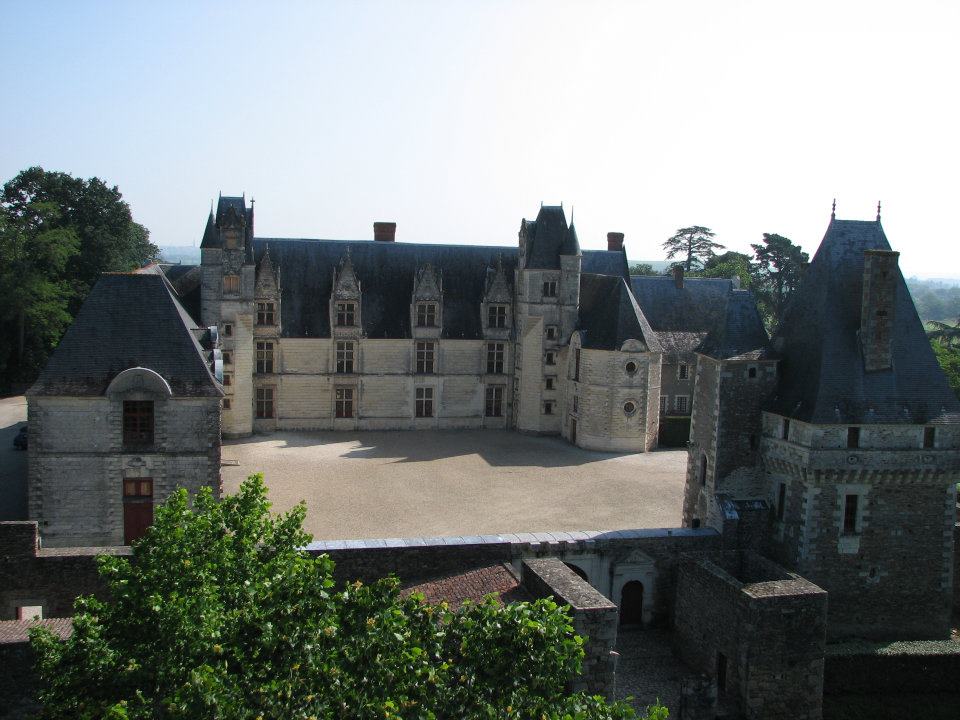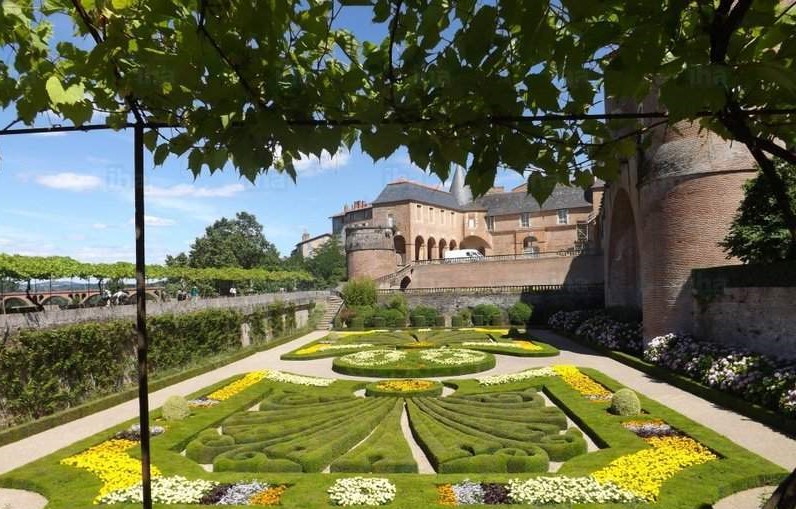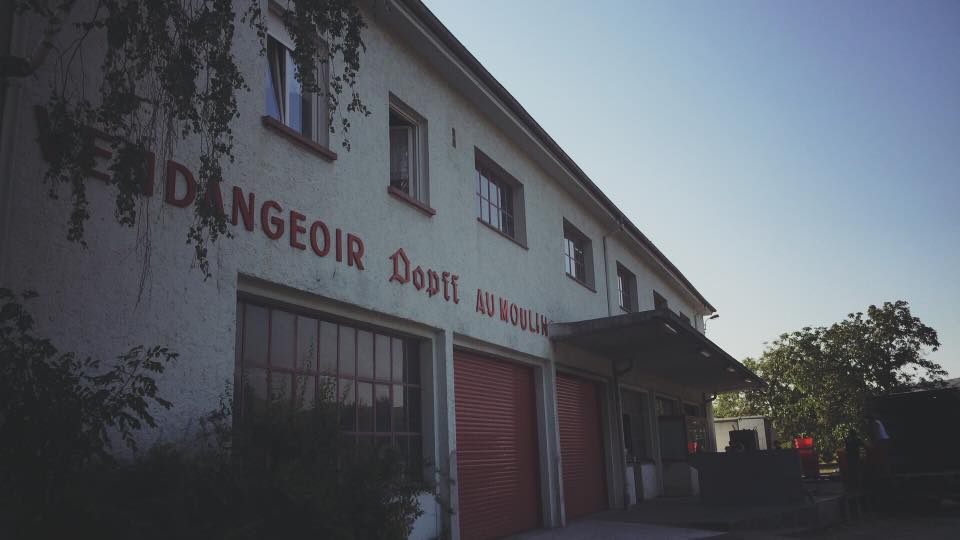What Are The Oldest Vineyards In France?
A French wine guide is never complete without seeing or learning about some of the oldest vineyards in the country. Despite witnessing different eras in European history and subsequently impacted by both major and minor events of the past, France still boasts of very rich viniculture.
You should know that France is the world’s most popular wine producer, and its first winery is the Château de Goulaine that dates back as early as 1000. Dopff-Au-Moulin is another timeless winery founded in 1574 and is still going strong today.
Short History of Wine
Ancient Egyptians, sophisticated as they were, drank wine. Then, the wine was consumed by high society, and beer was the peasant’s drink. The Egyptians got their inspiration from the region, which comprises Israel, Lebanon, etc. today, who had been producing wince since 4000 BC. An ancient cellar has been found in Armenia inside a cave on the side of a hill. The cellar dates back to 3500 BC and showcases the ancient winemaking process.
Some records even show that wine is older than that. In 2004, fluids left in 9000-year-old pottery were discovered in China. In pottery were wine made from rice, fruit, and honey. By all indication, the Chinese were making sangria before anyone was vested in winemaking.
Oldest French Vineyards
The history of French oldest vineyards traces back to the history of wine itself in the country. A wild vine was raging on what would be Gaul later on, from the year -600. The Celts who lived there used the vine but not necessarily to make wine as the people were mostly about beer. But almost 40 years after the Greeks arrived to create the city of Massalia, the vine has grown considerably in France. The country was devoted to viticulture and commerce, which were an immense impetus to the evolution of the vine.
Here Are Some Of The Oldest Vineyards In France:
Château de Goulaine (circa 1000)
The Château de Goulaine used to be owned by a family between 1788 and 1858 when a Dutch banker acquired the vineyard and business during the French Revolution. It used to be a castle, now a château in the Loire Valley located near Nantes. The castle has been home to the family of the marquis de Goulaine for over a thousand years. The château is where wine is produced.

It is difficult to trace when the estate vineyard started wine production for commercial use, but it has been in operation for family consumption. It is said to be the third oldest commercial enterprise in the world and the oldest European family-owned business.
One of the last castles in the Loire to still make wine, Goulaine produces some Loire Valley white wines like Muscadet and Folle Blanche, Sancerre and Vouvray as well as what is believed to be the first commercial Chardonnay in the Western Loire Valley.
Gaillac
Wine production in Gaillac (a town situated between Toulouse, Albi, and Montauban) is as old as the times of ancient Gaul. Gaillac wine flourished in the Middle East in particular, but religious wars, diseases, and both World Wars have unfortunately devastated the winemaking region. However, the new generation of winemakers in the area is keeping the age-old wine tradition alive.
Gaillac has been a perfect place for growing grapes since time, but the Gauls, as earlier noted, had no interest in wine production as they drank beer. In Roman times, Gaillac was one of the first recognized wine areas with its Côte-Rôtie and l’Hermitage. That is because the land to the North West of the Tarn department in the Tart Valley offered a favorable growing condition for grapes. It was where heat from the Mediterranean met with ocean humidity, and the Autan winds added more beneficial properties.

As a testament to the quality of their wine, Gaillac winemakers were the first to introduce a ‘charter of quality’. That prevented wine-blending, and imposing serious quality controls like the use of pigeon droppings, which was an excellent fertilizer, in the winemaking process. Also, the winemakers invented what was probably the first commercial wine brand in the world – ‘les vins du coq’. It was used for 1397 and was officially recognized in 1501.
The successful brand was made with very particular grape varieties like Braucol, Prunelard, and Loin d’Oeil, and with a popular regulation in place. However, the French Religious Wars steeped the economic growth of the area. Seizing the opportunity presented, the Bordeaux winemakers used their geographical advantage and influence to impose harsh restrictions on Gaillac wines until the Edict of Turgot in 1776.
To add to the insufferable state of things, the much-dreaded pest attack, phylloxera blight, ravaged Gaillac vineyards in the mid-19th-century. With the advent of the World Wars, it appeared that there was no coming back for the once-famous wine region.
New winemakers are passionate about restoring the lost glory. From alluvial soil terraces to clay-limestone hillsides to the lime, shale, and rocky soils in the plains; the region’s land is incredibly diverse. Nowadays, Gaillac boasts of a vast array of wines that embodies its spirit and its Mediterranean features.
Dopff au Moulin
This is a family winery that has been growing grapes producing wine since 1574 on its over 70 hectare-vineyard in Riquewihr. The winery is famous for its primary product, Cremant d’Alsace, a unique sparkling wine of the Alsace wine region. At Dopff au Moulin, grape growing and winemaking has always been approached as an art. And spanning eleven generations, the desire for excellence and quality has not been tainted.

Alsace
The region of Alsace has not one but several old vineyards. As a border area, Alsace has always been the strategic position in territorial conquest in history books. That is why there are still visible defensive castles and bulwarks around it. Despite its famous ruins and renovated structures, many of the castles still bear flourishing vineyards.
As per the usual, most vineyards are located just outside the local towns, but that is not the case with Alsace. The wine cellars here are guided by the walls of fortified villages- a testament to the region’s turbulent history. Shielding them from the enemy, the walls ensured that the land could be reserved for raising grapes.

Alsace is the perfect land for fabulous white wines, which accounts for 90% of the appellation’s production. Though dependent on the terroir and winemaking process deployed, the eight authorized white grape varieties (Sylvaner, Gewurztraminer, Pinot Blanc, Riesling, Muscat, Pinot Gris, Chasselas, Auxerrois) make wines of different degrees of intricacy and freshness, however, with consistent great flavor.
Wines from Alsace emphasize their grape types; maybe because they are mainly made from a single grape variety, but also because the varieties embody the area’s personality. The region is home to an outstanding range of native types that do not star heavily in other French making areas. But here, these grapes define their full identity through alluring bouquets. Alsace is also home to the likes of whites, rosés, reds, semi-sweet, sweet (late harvest, selection of good berries), and sparkling wines.
Alsace’s Route des vins (wine route) is one of the oldest in the country. Vintners will welcome you with open arms and treat you to a fantastic reception while telling you the area’s history and their work. For wine-tour lovers. They are able to partake in the region’s wine glory at any time of the year as wine festivals are observed all year.
Mediterranean Vineyards
Vineyards in this area are old but not well known. It has not been close to 25 centuries since the Romans discovered the incredible wine-producing quality of this great center facing the Mediterranean. Its unmatched amount of sunshine in the country allows for a perfect feature from one vintage to the other. As it is, the region has prospered from these benefits, favoring the right conditions all through the year.
Its natural capabilities have no doubt turned the region to a foremost player in the innovation of alternative winemaking processes. As a nod to this wonderful environmental diversity, there are only eleven appellations, yet each displays a great heterogeneousness. Therefore, it is a bit of trouble -and pleasure- to mix all the shades that the surface of each appellation provides. Each of the wines rightly demonstrates the identity of its origin.
What Are The Oldest Vineyards In France – Summary
Visiting France’s old vineyards is indeed a walk through time as you comprehend the gripping moments that the craft of winemaking as hitherto endured through history. There is a lot of fascinating things to see and enjoy.
